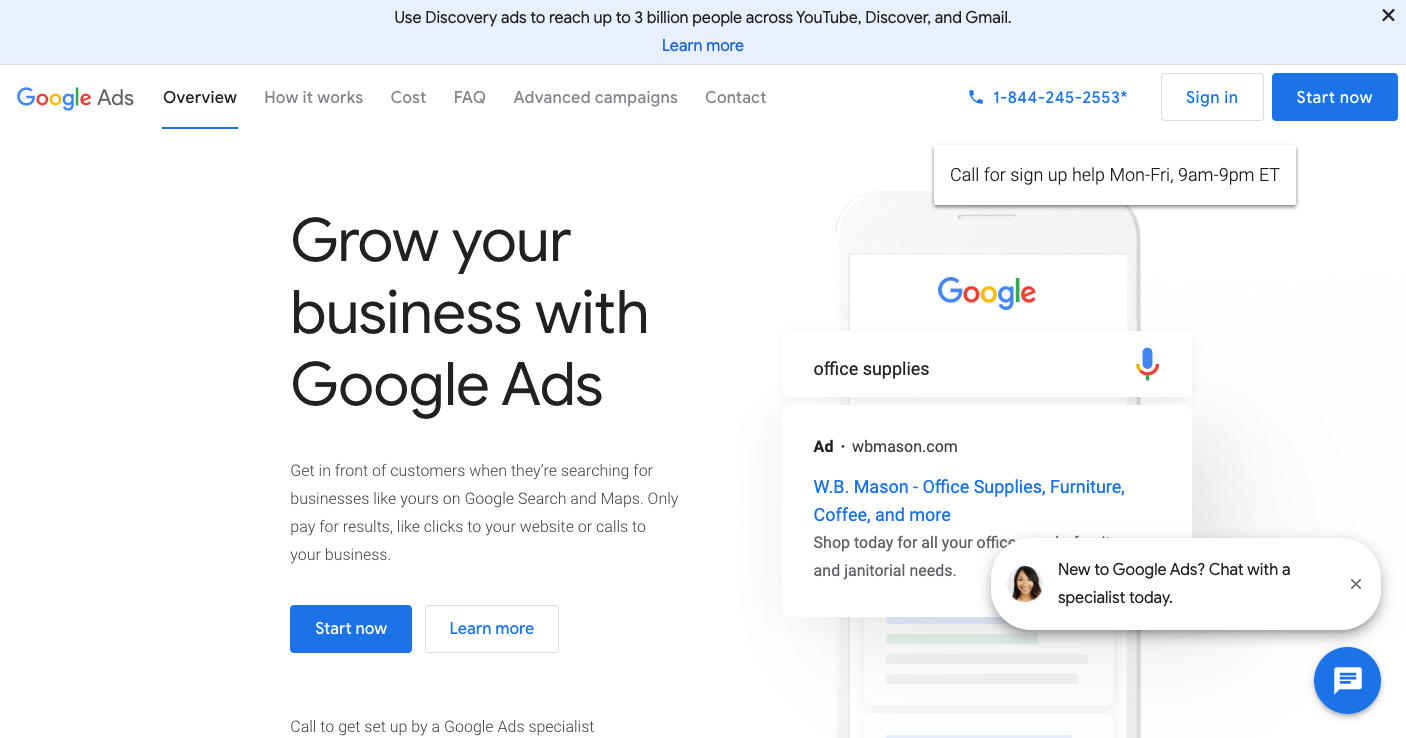8 Handpicked Competitor Analysis Tools (With Use Cases)
These eight tools will allow you to do things like: And more! Ahrefs is an all-in-one SEO toolset that provides best-in-class data about your competitors’ content, backlinks, keywords, PPC ads, and much more. Some of the key use cases: ...
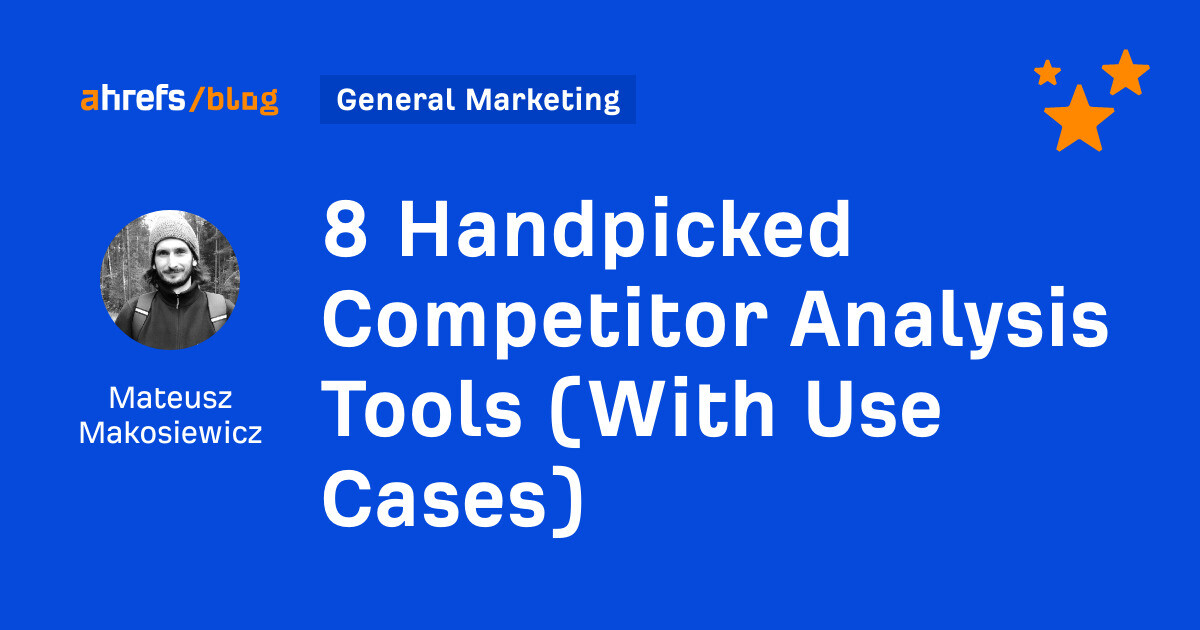
Shows how many different websites are linking to this piece of content. As a general rule, the more websites link to you, the higher you rank in Google.
Shows estimated monthly search traffic to this article according to Ahrefs data. The actual search traffic (as reported in Google Analytics) is usually 3-5 times bigger.
The number of times this article was shared on Twitter.
Ok, so you’re here because you want to look for inspiration in what your competitors do. Good call—you’re going to need special tools for that. These eight tools will allow you to do things like: And more! Ahrefs is an all-in-one SEO toolset that provides best-in-class data about your competitors’ content, backlinks, keywords, PPC ads, and much more. Some of the key use cases: This feature shows keywords for which your competitors rank but you don’t. These are called content gaps and can give you proven content ideas for your content planning. With Ahrefs, you can compare entire domains and get new topic ideas. Or, you can compare pages and see what subtopics your content may be missing—a potential reason for lower rankings. Go to the Competitive Analysis tool and enter your domain and competitors. The more competitors you enter, the more keywords you will get. If, at some point, the list gets too big to manage, you can narrow it down using filters. For example, you can focus on keywords where at least two of your competitors rank in the top 10. For example, here are a few interesting keywords Mailchimp could use to fill the content gap: Ahrefs equipped with the Competitive Analysis tool (along with other tools for competitive analysis) starts at $199 per month, or $166 if you pay annually—see pricing. You can also try out some of our free tools. They’re great for quick spot checks like checking your competitor’s organic traffic or checking top backlinks of the content you’re competing with on Google. Find out more in 10 Things You Can Do in Ahrefs for Free. Visualping is a tool that notifies you whenever your competitors change something on their website. Some of the key use cases: Visualping is great for observing how your competitors try to squeeze more out of every visitor to their website. In other words, you can look for user experience (UX) and conversion rate optimization (CRO) tweaks that you can adopt without having to do all the research and A/B testing. All you need to do is to set up the tracking of your competitor’s websites, and you’ll get an alert whenever there is any noteworthy change. For this use, it’s enough to set up the checking frequency to occur daily or even weekly. You can also opt in for “any change” or “tiny changes,” as those tweaks can range from small changes in copy to just changing CTA button positions and colors. Keep in mind that you shouldn’t blindly copy whatever your competitors do. Ideally, the change has to make sense for you, and you should know that the competitor does A/B testing (checking with BuiltWith is a good start—more on this below). Visualping offers a free plan with up to 150 checks a month, which would probably be enough to cover the homepage, pricing page, trial page, and other important pages of your competitors on a weekly basis. If you’re more serious about keeping track of your competitors’ websites, then try out the paid plans. Those start at $10 a month for 1000 checks—see pricing. Brand24 tracks mentions of keywords that you want to monitor across the whole web. They’re most known for social media monitoring features. Some of the key use cases: Set up a separate project (or projects) with the name of competitor brands and products. You can go broad or be as specific as you like. For example, if your competitor’s brand name has multiple meanings, you can filter out irrelevant keywords with the Excluded keywords field. To illustrate: Here’s an interesting mention of the project management tool Asana. This could mean that if you were to compete with them, you could include time tracking in one of your less expensive plans to get an edge over your competitor. This kind of competitor monitoring allows you to: Plans start at $99 a month for tracking three keywords. Tracking your brand and your competitors will require a higher plan for $179 a month that offers seven keywords. You can get two months free off any plan if you pay annually—see pricing. Brand24 also offers a 14-day free trial. SparkToro is an audience research tool that provides information about what any audience reads, watches, listens to, and follows. Some of the key use cases: Let’s find new sponsorship opportunities by looking for popular influencers among SparkToro’s X followers. Here’s an example report. You can also set up filters to refine your data. In this example I capped the follower count at 50k to get a more manageable list. With data like this, you can easily spot new advertising and sponsorship opportunities across many different channels. Just put together all the insights by plugging in your competitors’ social profiles, websites, keywords, and any “owned” hashtags. SparkToro is free for twenty searches a month with limited report capabilities. Paid plans start at $50 a month (3 months free if you pay annually) - see pricing. Mailcharts holds a vast collection of email and SMS campaigns, helping you to study tactics of brands similar to yours. Some of the key use cases: Thanks to Mailchart’s Journeys feature, you can study the automated emails that brands send whenever their subscribers trigger a certain action, such as abandoning the cart or creating a project inside an app. It’s a great feature because it really takes the manual labor out of analyzing one of the most important types of email marketing; imagine trying to find an email trigger manually. Here’s an example: Mailchart captured a subscription abandonment journey from Masterclass. Based on the copy of the emails, you can use the same persuasion techniques to make the user reconsider or use the same time interval between the emails. Mailcharts offers a free plan with 1,000 email samples and a handful of other helpful features. Premium plans start at $149—see pricing. vidIQ is a tool designed to help you grow your YouTube channel by reverse-engineering your competitors’ success. Some of the key use cases: vidIQ offers an extension to the Chrome web browser that allows you to get data right inside YouTube. In my opinion, some of the most valuable data points provided here are: The above functionality comes with the free vidIQ plan. But if you’re serious about video marketing, definitely consider paid plans that start from $10 ($7.50 if paid annually)—see pricing. Some ad networks allow you to see all ads currently running on their platforms (and sometimes even archived ads). You can simply look up your competitor and study their ads at no cost. At the time of writing, this type of service is officially supported on: Some of the key use cases: Let’s say you’re trying to promote your project management software and Asana is one of your competitors. A quick search for this advertiser on the Meta ad library reveals a clear pattern: they’re currently using minimalistic visual design to promote their content. Using similar imagery in your ads may not be the best idea because your brand might get confused with theirs or even seen as a copycat . Recommendation To get extra data on your competitors, look for ads shown in the EU. Due to transparency laws in the EU, the platforms are required to provide additional information such as age, gender and location. All official ad libraries are free. BuiltWith is a tool that helps identify the technologies any website is using, like advertising platforms, payment systems, web servers, and CDNs. Some of the key use cases: Since most advertising platforms use tracking codes and pixels for retargeting, analytics, and attribution purposes, you’ll see which platforms your competitors are present on. Finding out that your competitors use Google, Facebook, and Twitter ads isn’t a surprise for anyone, though. But you can find some niche platforms or display networks that may be worth looking into. Here’s an example of what BuiltWith can reveal in its “Analytics and Tracking” section. This company advertises on Reddit: BuiltWith is free for the use case I depicted above. Paid plans start from $295/mo and may be worth it for businesses that need a deeper dive into tech stacks—see pricing. The tools I listed here are the ones I have experience with and like the most. Almost every tool has a solid alternative that you may like more. I also want to highlight a few more competitive analysis resources (not necessarily tools) that are super helpful and mainly free: So that’s it. If you’re just finding out about the tools but unsure what’s the right way to conduct the competitive analysis, we also have a simple guide (including a template). Got questions or comments? Ping me on X. 1. Ahrefs—for SEO, search ads, and content marketing
My favorite functionality: Finding content gaps between you and your competitors
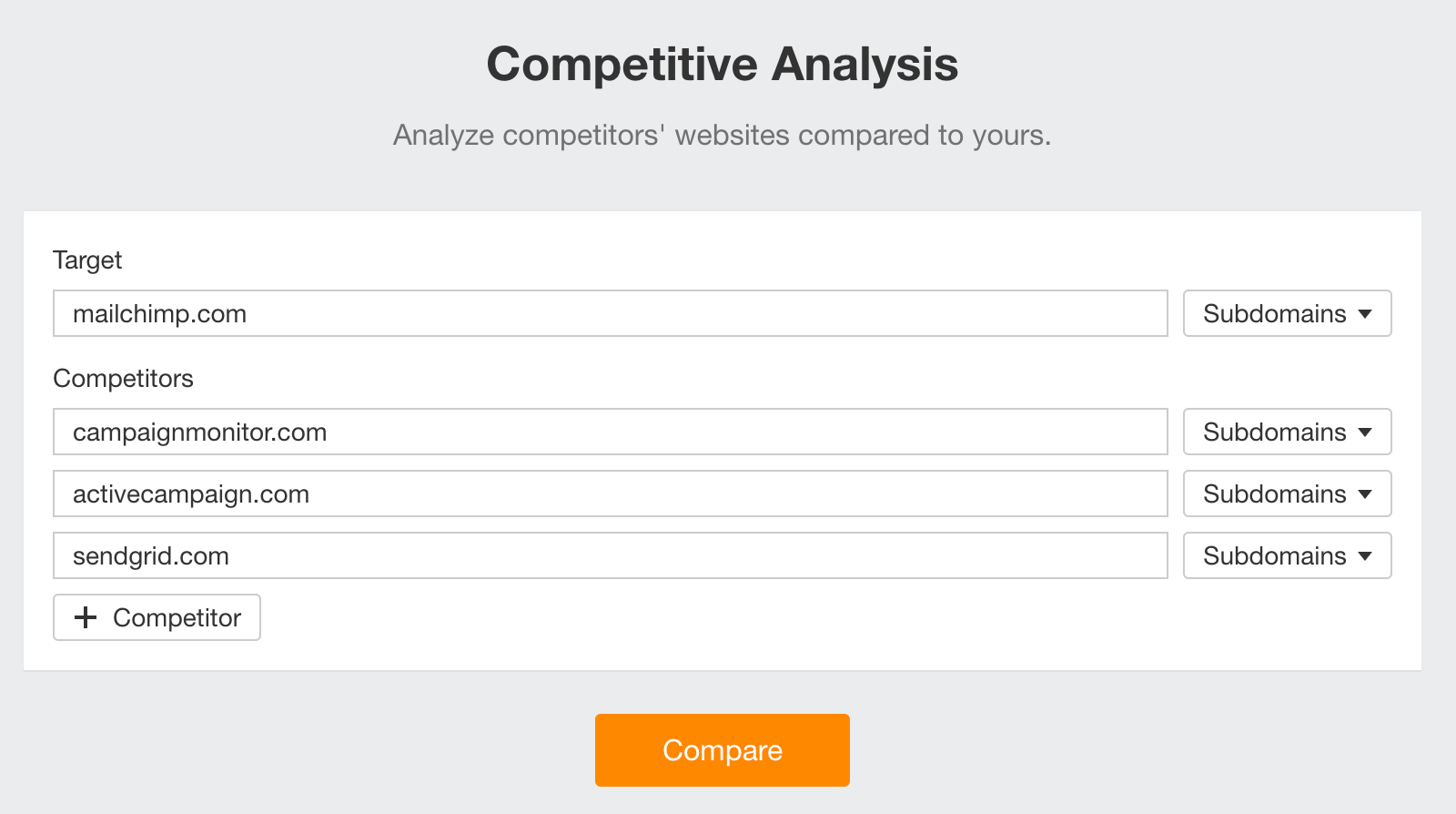
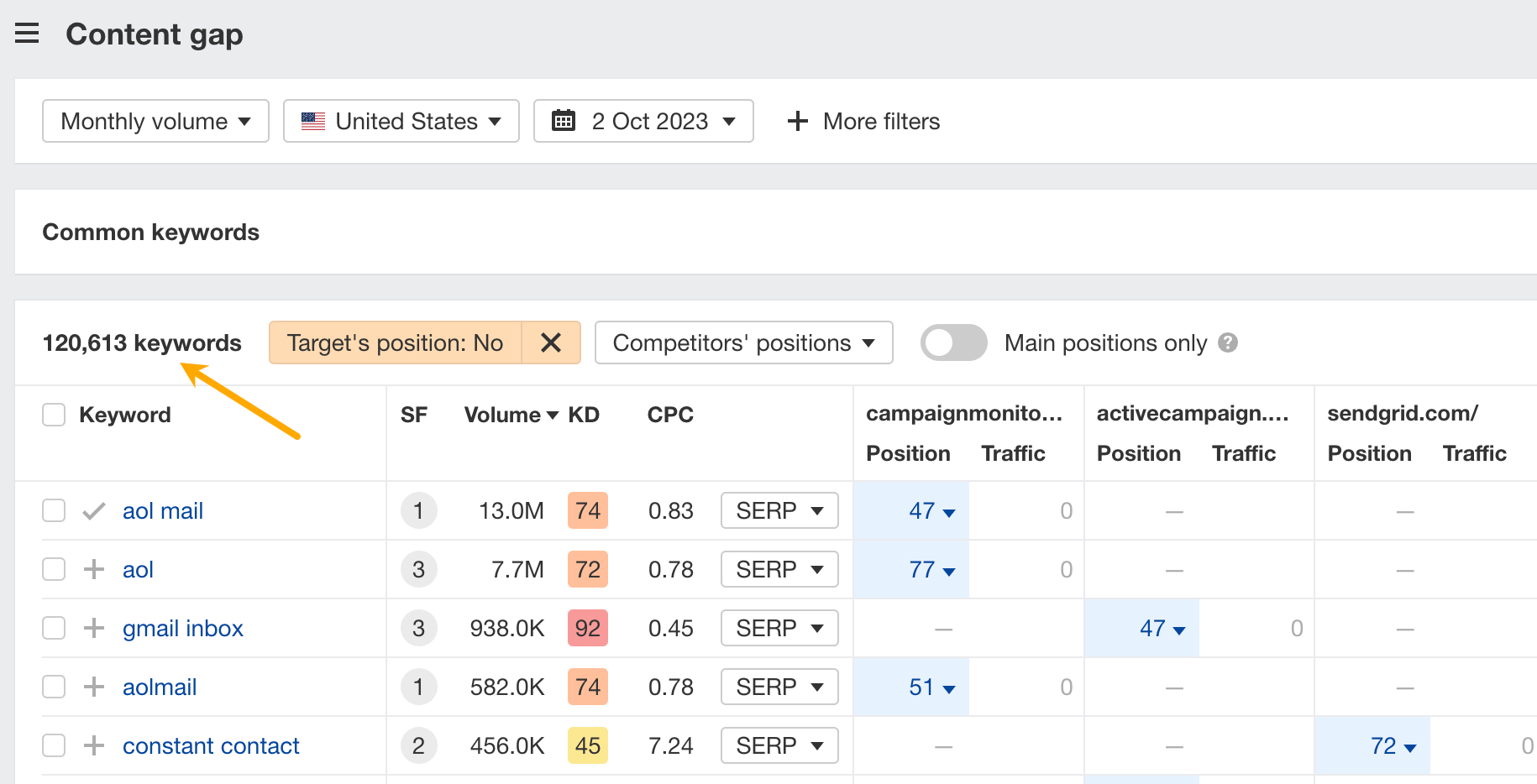
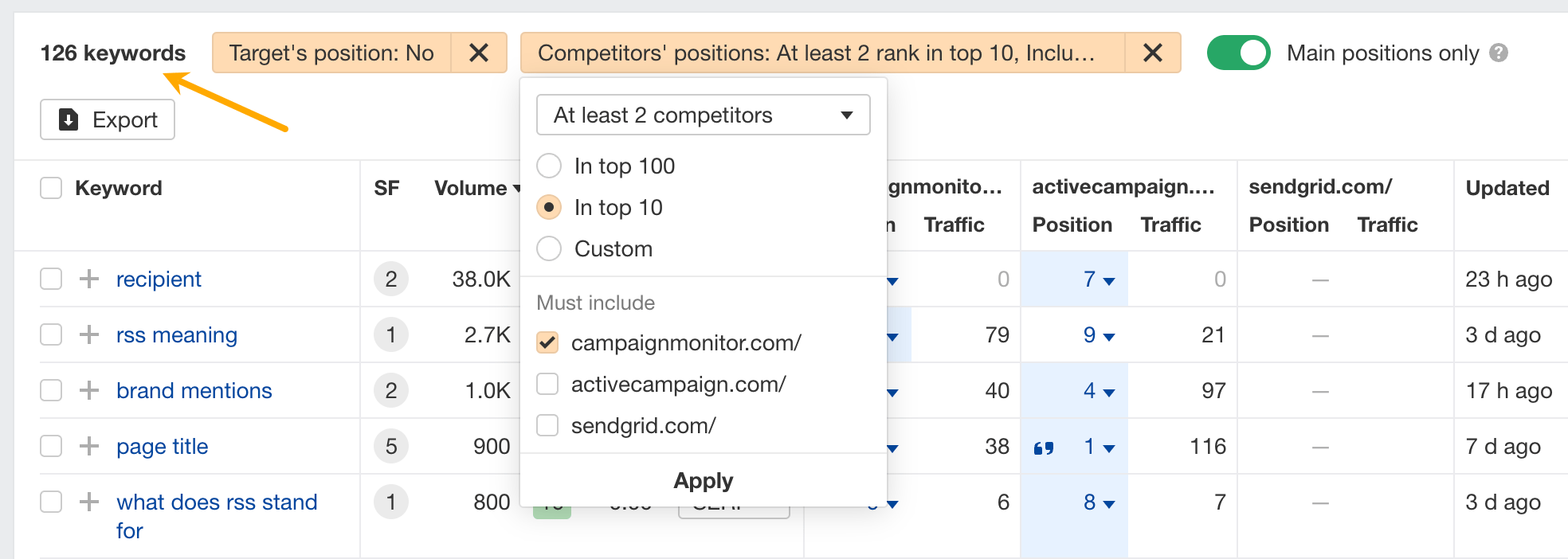

Pricing
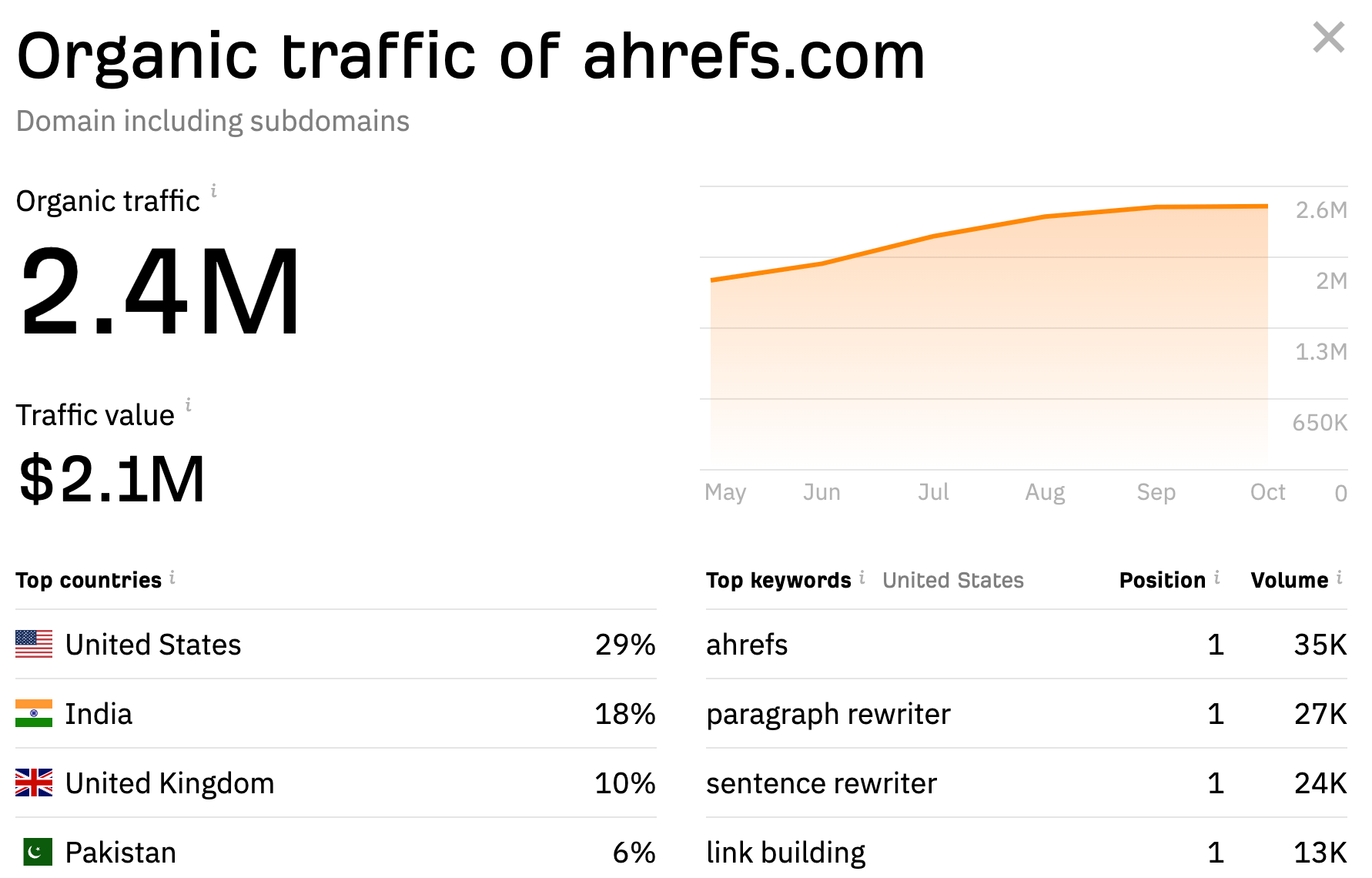
2. Visualping—for monitoring webpage changes
My favorite functionality: Getting inspired by UX and CRO tweaks on competitors’ websites
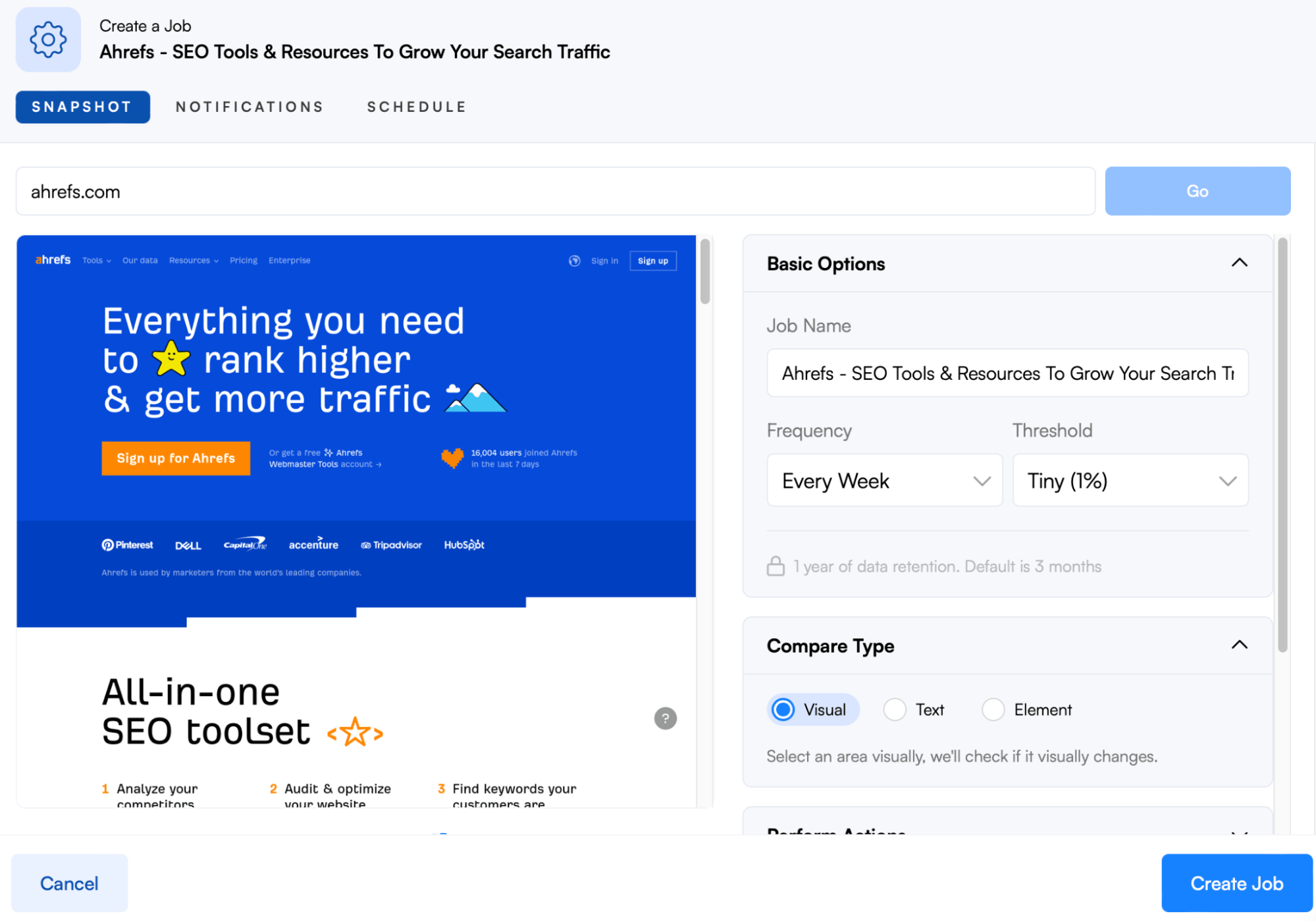
Pricing
3. Brand24—for social media and brand monitoring
My favorite functionality: Monitoring competitors’ brand mentions


Pricing
4. SparkToro—for audience insights
My favorite functionality: Discovering where a competitor’s audience hangs out online

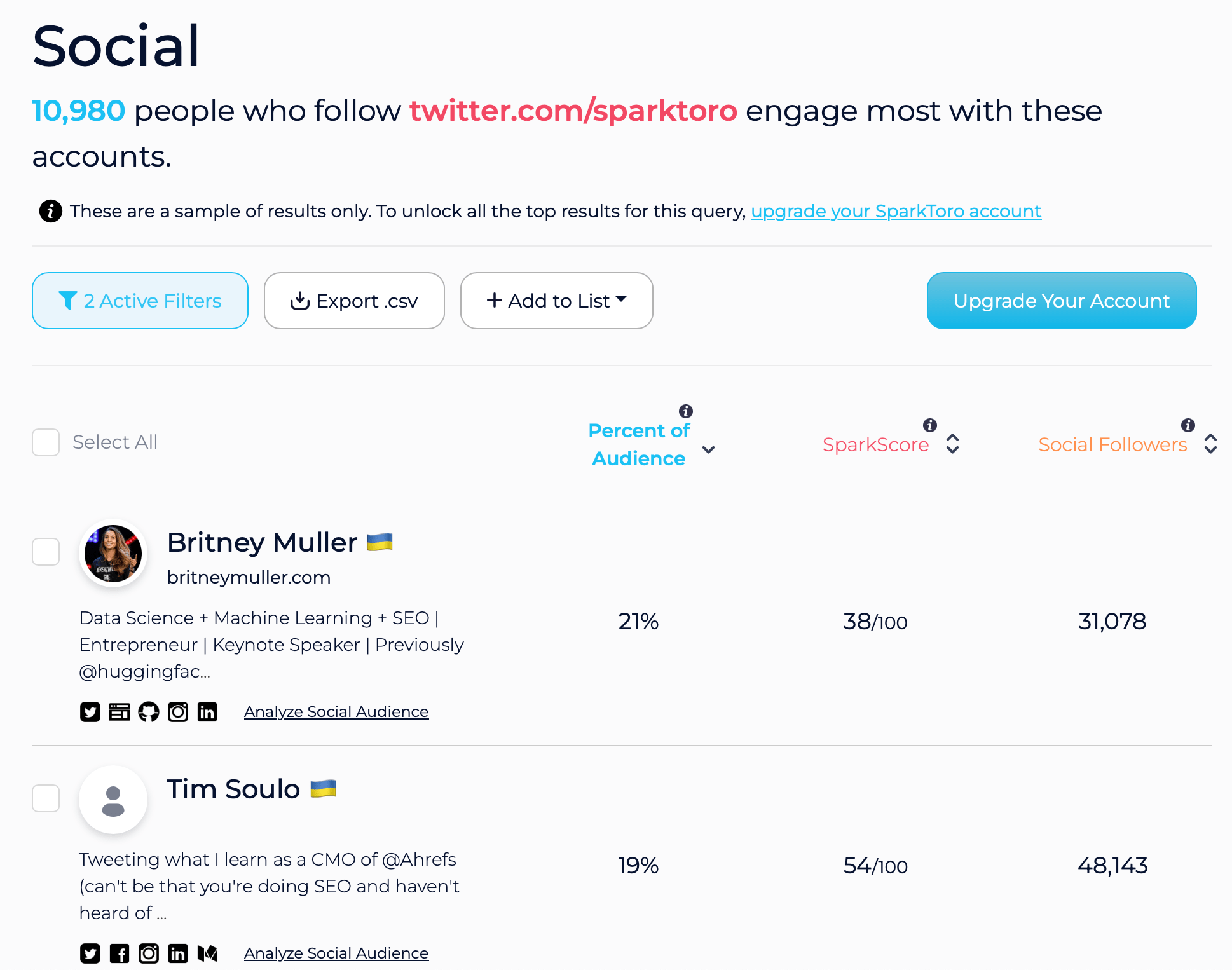
Price
5. Mailcharts—for email and SMS marketing
My favorite functionality: Studying email marketing automation techniques
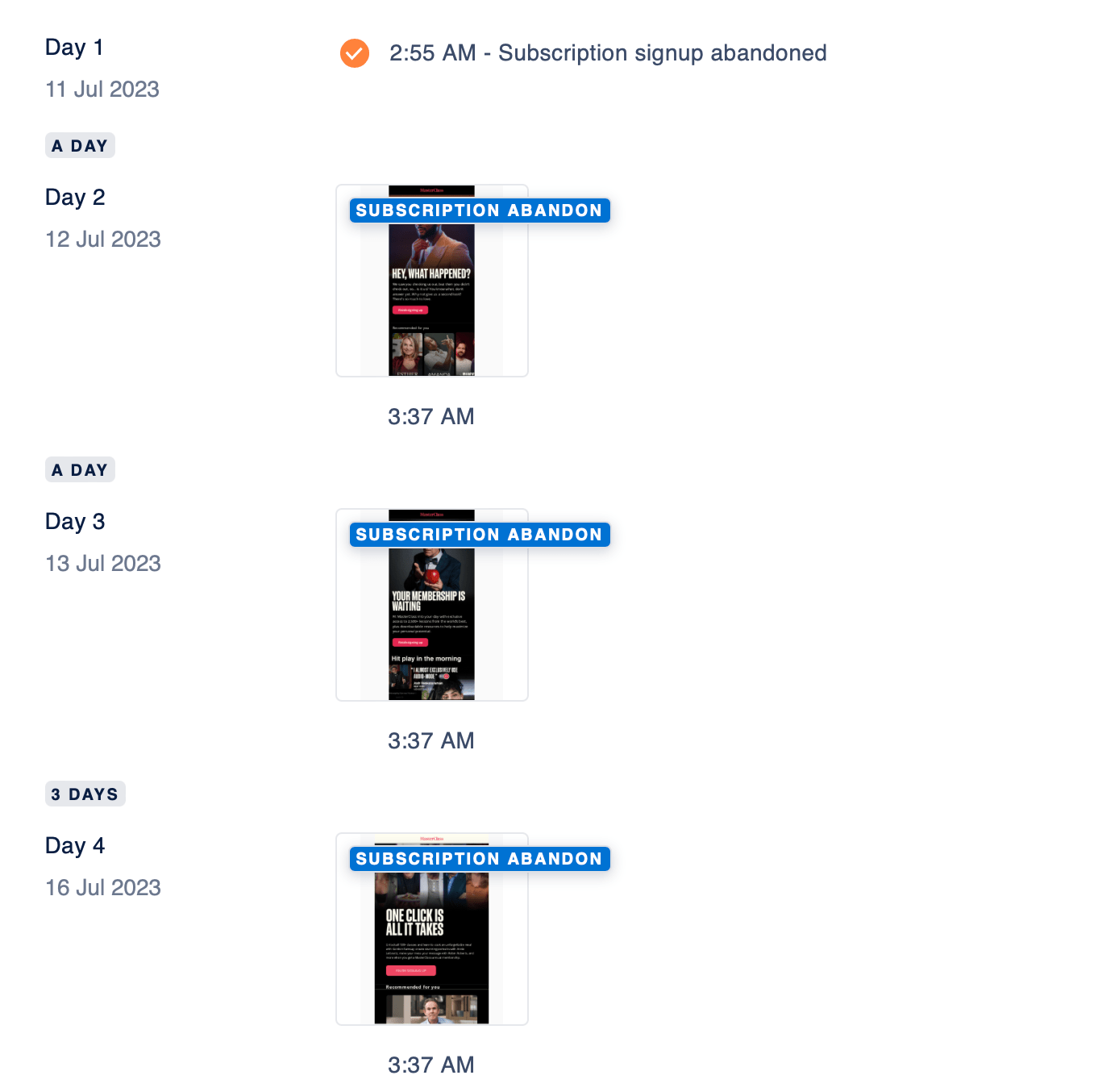
Pricing
6. vidIQ—for video marketing on YouTube
My favorite functionality: Analyzing performance data right inside YouTube
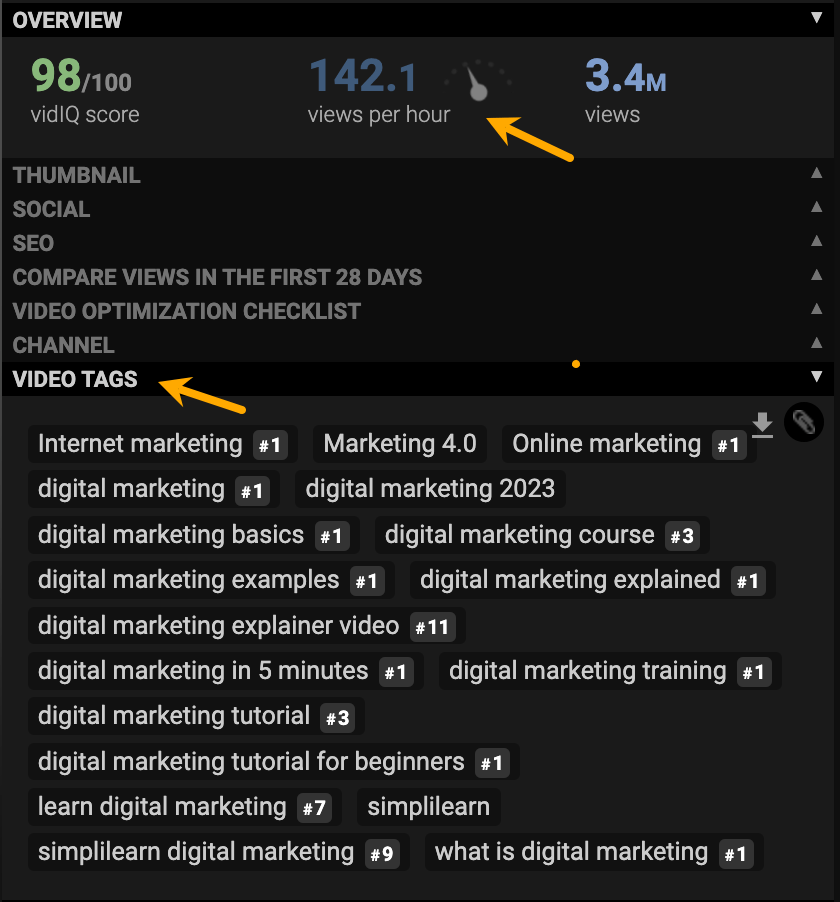
Pricing
My favorite functionality: Studying competitors’ campaigns to stand out
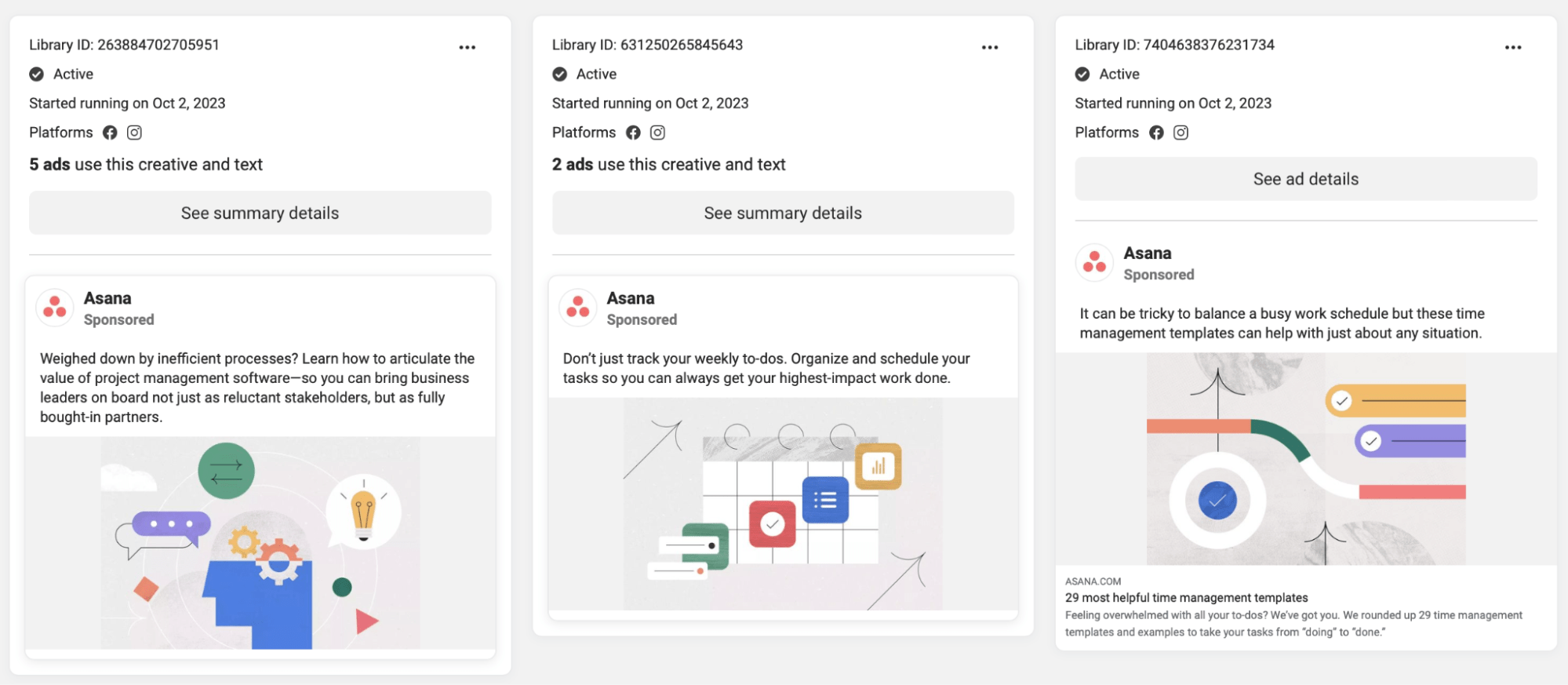
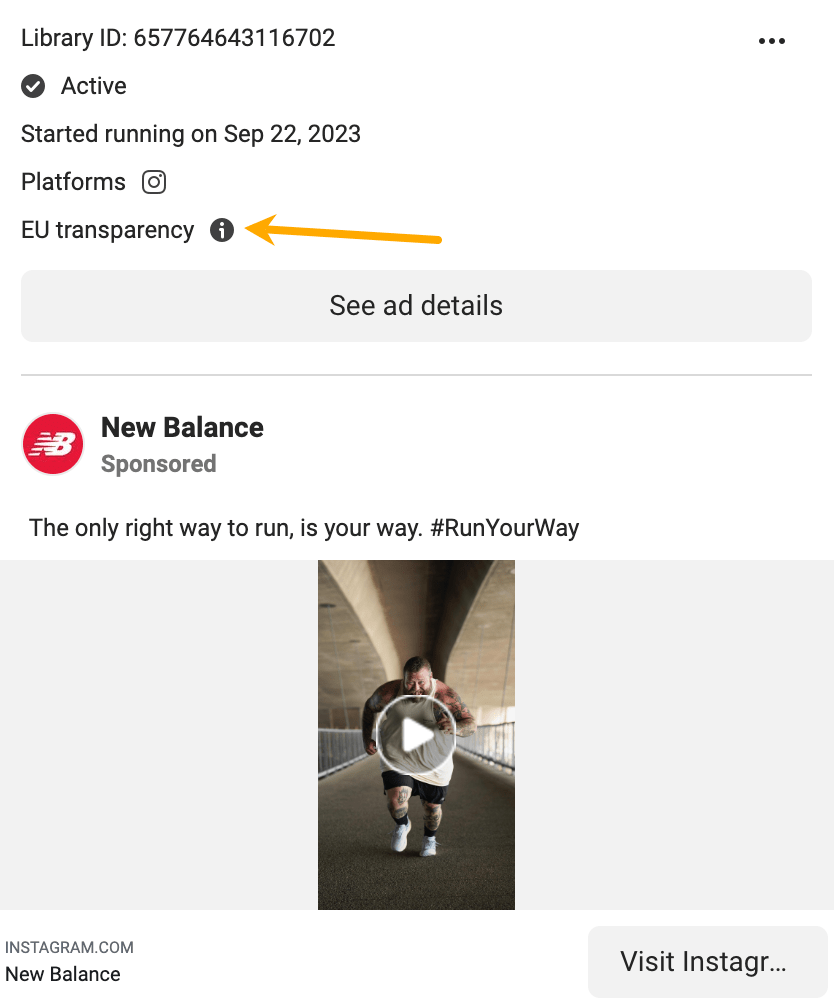
Pricing
8. BuiltWith—for checking tech stacks
My favorite functionality: Finding niche advertising platforms
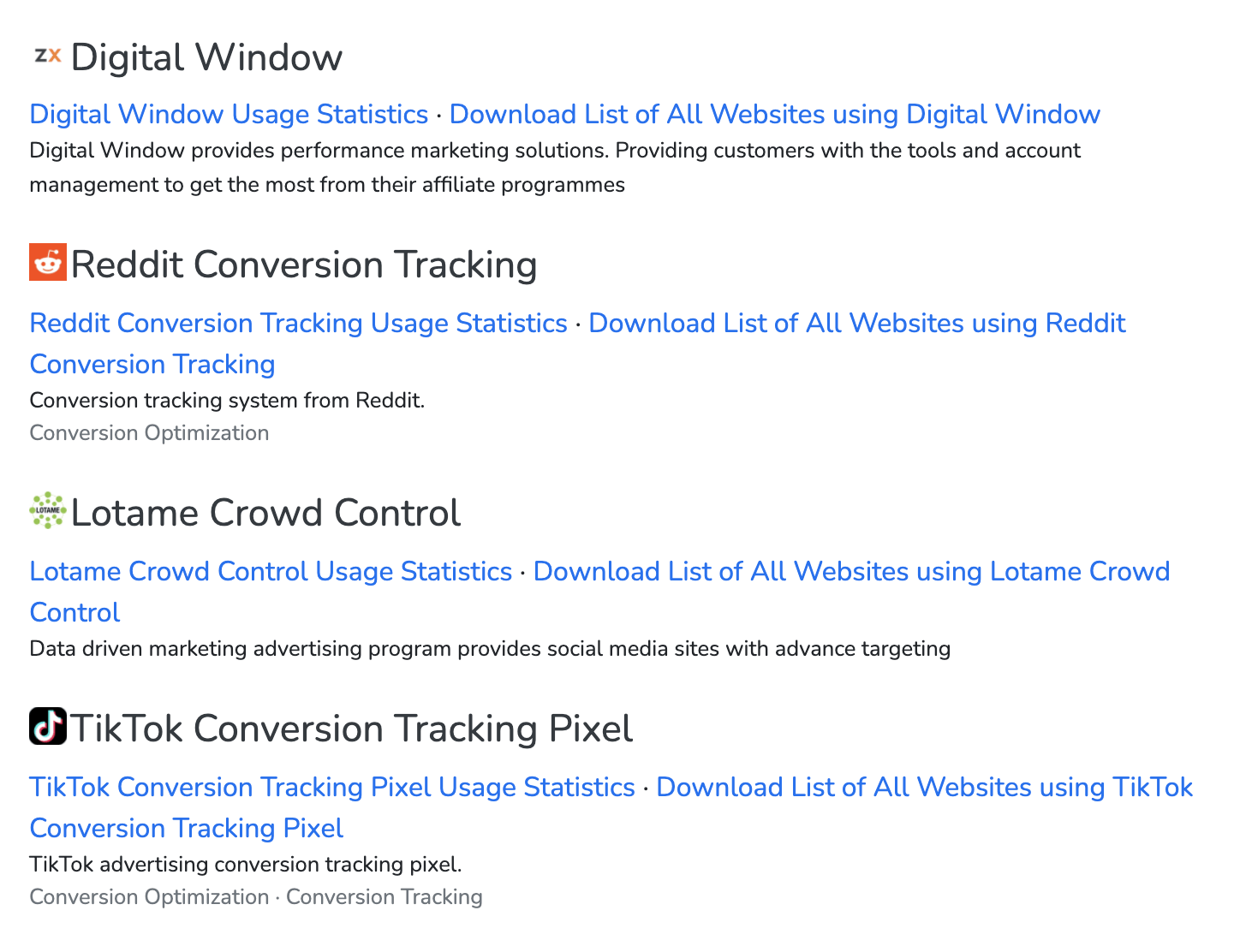
Pricing
Final thoughts

 UsenB
UsenB 







